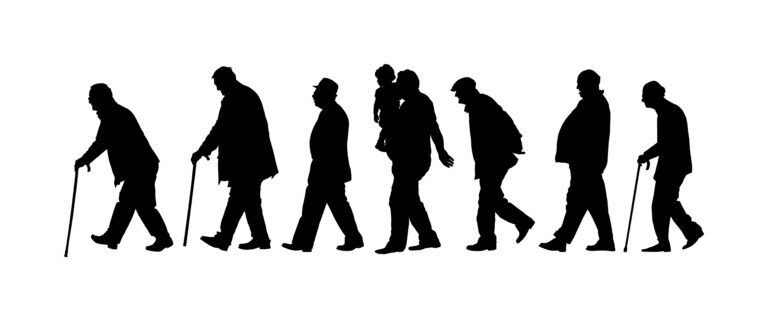Alzheimer’s disease is a progressive neurological disorder that affects millions of people around the world. It is the most common form of dementia, causing problems with memory, thinking, and behavior. As the disease progresses, basic daily tasks such as getting dressed can become challenging for individuals with Alzheimer’s. One task that may seem simple but can be difficult for someone with Alzheimer’s is using a zipper pull.
A zipper pull is a small device attached to the zipper that makes it easier to open and close the zipper. It is especially helpful for individuals with limited hand dexterity or coordination. However, for a person with Alzheimer’s, using a zipper pull can be confusing and frustrating. They may struggle to remember how to use it or become overwhelmed by the process.
If you have a loved one or a friend with Alzheimer’s and you want to help them use a zipper pull, there are a few simple steps you can follow to make the process easier for them.
1. Choose the Right Zipper Pull
The first step in helping a person with Alzheimer’s use a zipper pull is to choose the right one. There are different types of zipper pulls available in the market, but for someone with Alzheimer’s, it is essential to find one that is easy to use and understand. Look for a zipper pull that has a large handle and a sturdy grip. The handle should be easy to grab and hold onto, even for someone with weak hand strength.
2. Sit in a Comfortable Position
Before starting, make sure that both you and the person with Alzheimer’s are sitting in a comfortable position. This will help them feel more at ease and reduce any physical strain on their body. It is also important to ensure that there are no distractions around, as they may find it difficult to concentrate if there is too much going on around them.
3. Show Them Step-by-Step
Using a zipper pull may seem like a simple task, but for someone with Alzheimer’s, it can be overwhelming. It is crucial to break down the process into smaller, more manageable steps. Start by showing them how to hold the zipper pull and then guide them through each step. For example, you can say, “hold the zipper pull with your thumb and index finger,” “place the zipper pull on the zipper,” “pull down to close the zipper,” and so on.
4. Use Visual Aids
Many individuals with Alzheimer’s respond better to visual cues rather than verbal instructions. You can create a simple diagram or use pictures to help them understand the steps involved in using a zipper pull. You can also use color-coded stickers or markers to make it easier for them to identify which part of the zipper pull goes where.
5. Be Patient and Encouraging
Learning a new task can be challenging for someone with Alzheimer’s, so it is important to be patient and understanding. If they struggle or get confused, gently guide them back to the task and offer words of encouragement. Positive reinforcement can go a long way in boosting their confidence and making the experience less daunting for them.
6. Practice and Repeat
With Alzheimer’s, repetition is key. It may take several tries before they are able to use the zipper pull independently. Be prepared to practice and repeat the steps until they feel comfortable and confident enough to do it on their own. Remember to be patient and praise their efforts, no matter how small.
7. Consider Adaptive Clothing
If using a zipper pull continues to be a challenge for the person with Alzheimer’s, it may be worth considering adaptive clothing. These are garments designed specifically for individuals with limited mobility or dexterity. They come with features such as magnetic closures, elastic waistbands, and easy-to-use zippers that can make dressing simpler and less frustrating for someone with Alzheimer’s.
In conclusion, helping a person with Alzheimer’s use a zipper pull may seem like a small task, but it can greatly improve their daily life. By choosing the right zipper pull, creating a comfortable environment, breaking down the steps, using visual aids, being patient and encouraging, and considering adaptive clothing, you can make the process easier and less overwhelming for them. Remember to always show compassion and understanding as they navigate through their Alzheimer’s journey.





